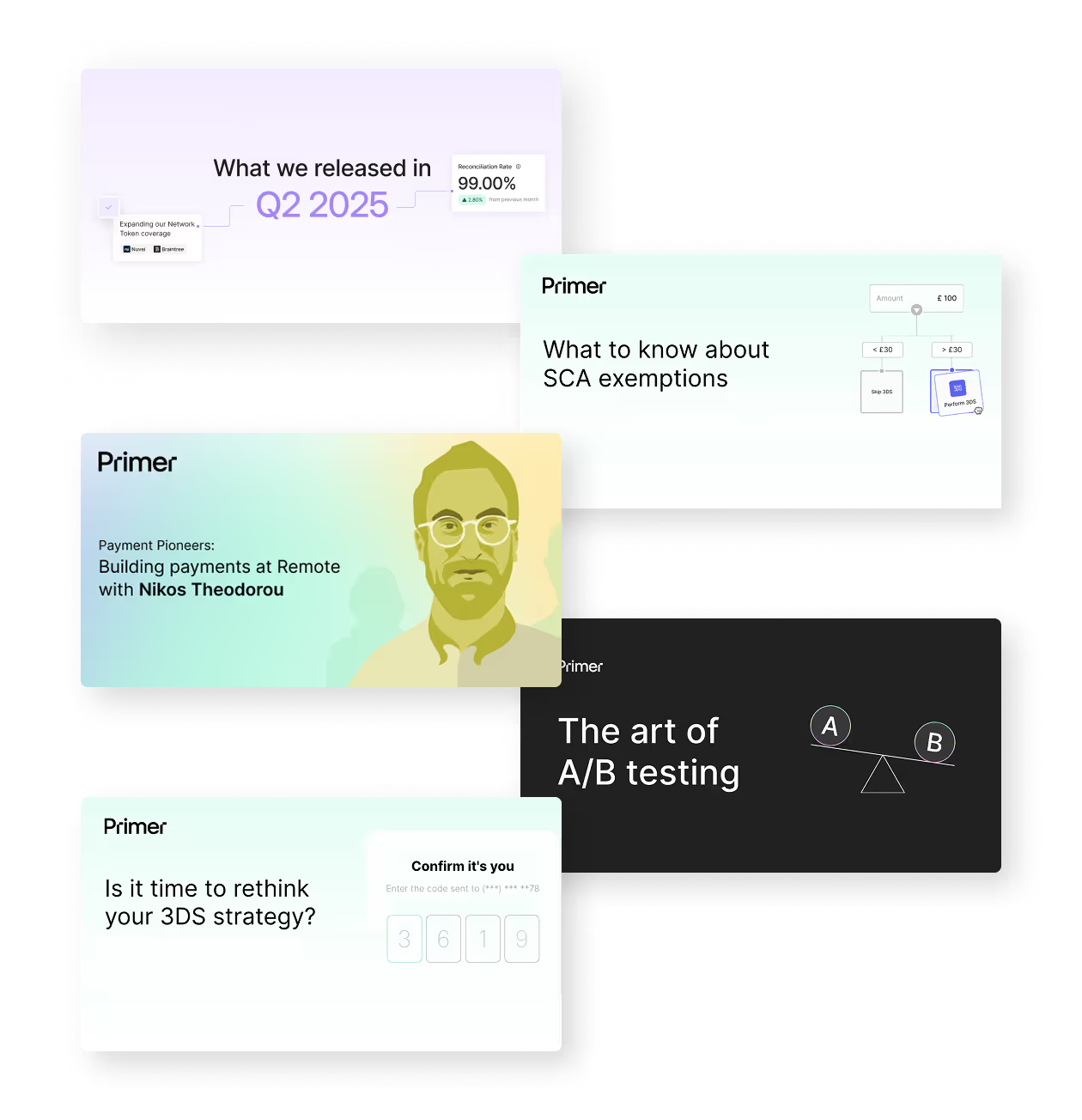There’s no doubt about the potential of AI in payments. Its transformative capabilities could redefine how payment leaders make decisions, build strategies, and drive performance across their organizations.
But potential isn’t the same as progress.
According to Capgemini’s World Payments Report 2026, 85% of payment executives see AI as a strategic differentiator, yet fewer than half have a clear plan to deploy it effectively.
As the industry stands at the edge of an intelligent new era, we spoke with payment leaders from Google, Back Market, and Collinson to understand how they’re using AI today, its transformative potential, and what it will take to unlock it.
From automation to intelligence
Most payments teams are already using AI in some form, largely to automate manual tasks, manage risk, and inform payment routing strategies.
At Back Market, Director of Payments, Fraud, and Risk Laurene Lecomte and her team have relied on AI for years to manage fraud and analyze transactions. The rise of large language models has now opened new opportunities to apply it more broadly across their operations.
“With structured data, we use AI to automate tasks like reconciling transactions, compiling KPIs, or combining data from multiple formats into one report,” Laurene explained. “These used to be manual processes. Automating them saves time and lets us focus on higher-value activities.”
But the real gains come from what AI can do with unstructured data. Back Market is now using generative AI to analyze customer messages across markets, detect emerging fraud patterns, and predict seller risk.
“If we see identical refund requests in Italy and France, that’s suspicious,” Laurene said. “We also use AI to flag when a seller might be about to leave the platform, so we can freeze their wallet and prevent losses.”
Personalization is another exciting opportunity AI is creating. “If someone’s a student, we might offer them a different payment method,” she added. “That’s increased both sales and revenue.”
Redefining the role of the payment leader
Back Market’s experience captures a broader trend: as AI becomes embedded across the payment stack, its value is shifting from automation to intelligence.
That’s also where Payment Product and Strategy expert, Charles Aji sees a significant opportunity.
“If AI can tell us the problem lies in this path, and this is the reason, then we can move faster to solve it and improve the customer experience,” Charles explains. “That’s the kind of intelligence we as payment leaders need to become less reactive and more proactive.”
The challenge, for Charles, is that no tools currently exist that really enable that shift to occur.
“Microsoft Copilot, for example, is an incredibly powerful AI tool, but it’s not specialized in payments,” he explains. “What we need is something more specialized, a payments Copilot trained on your company’s context and data. A tool that surfaces the exact insight you need, the moment you need it, so you can act instantly.”
Tools like this have the potential to fundamentally change the role of the payments leader.
Blessed Yahaya, Strategic Partnerships Development Manager for Payments at Google, predicts this shift will redefine leadership across the industry.
“We’ll soon see the title change from Head of Payments to Head of Intelligent Commerce,” he said. “Because payments will no longer be just about pay-ins and payouts, but about how intelligence drives every step of the customer experience.”
That evolution, he explained, will demand a new kind of expertise, with leaders fluent in both payments and AI, capable of bridging data and decision-making to turn intelligence into impact.
Overcoming barriers to unlock the full potential of AI
Even with so much progress taking place, challenges exist that the industry needs to resolve before AI can deliver on its full potential.
Data fragmentation is the biggest barrier according to Blessed.
Payment data still lives across multiple systems like banks, PSPs, acquirers, and networks, each with its own formats and standards. That makes it difficult to train AI models or generate a complete view of the payment journey.
“Refined data is what allows AI to make accurate judgments,” he explained.
The second barrier is regulatory ambiguity.
As AI touches more sensitive data, compliance teams are caught between innovation and obligation. Frameworks for responsible AI in financial services are still developing, and many organizations are cautious by default.
“This slows experimentation and prevents the kind of collaboration required to make AI truly intelligent,” says Blessed.
Another area top of mind for payment leaders is the development of agentic commerce, a world where digital agents act, shop, and pay on behalf of humans.
Laurene from Back Market described it as “a big opportunity, but also a threat,” warning that retailers risk losing visibility into fraud, after-sales, and loyalty if they’re not prepared. Her team has already started rethinking how Back Market’s payment systems and customer journeys might adapt to agent-driven interactions.
Blessed described this shift as a natural progression of accessibility. In the same way the web once evolved for mobile, commerce will now need to evolve for agents, underpinned by data that machines can understand and trust.
Agentic commerce is already taking shape. And its success will depend on the creation of shared standards and frameworks, like Google’s Agent Payment Protocol (AP2), that let agents, merchants, and payment systems communicate with reliability and trust.
The road to intelligent commerce
The next phase of AI in payments won’t be defined by technology alone, but by the people and infrastructure that shape it.
Payment leadership is entering a new era of intelligent commerce, where AI gives leaders more power than ever before to shape performance, drive growth, and make payments a central conversation in the business.
Learn how Primer is helping payment leaders move towards that future.




.png)
.png)